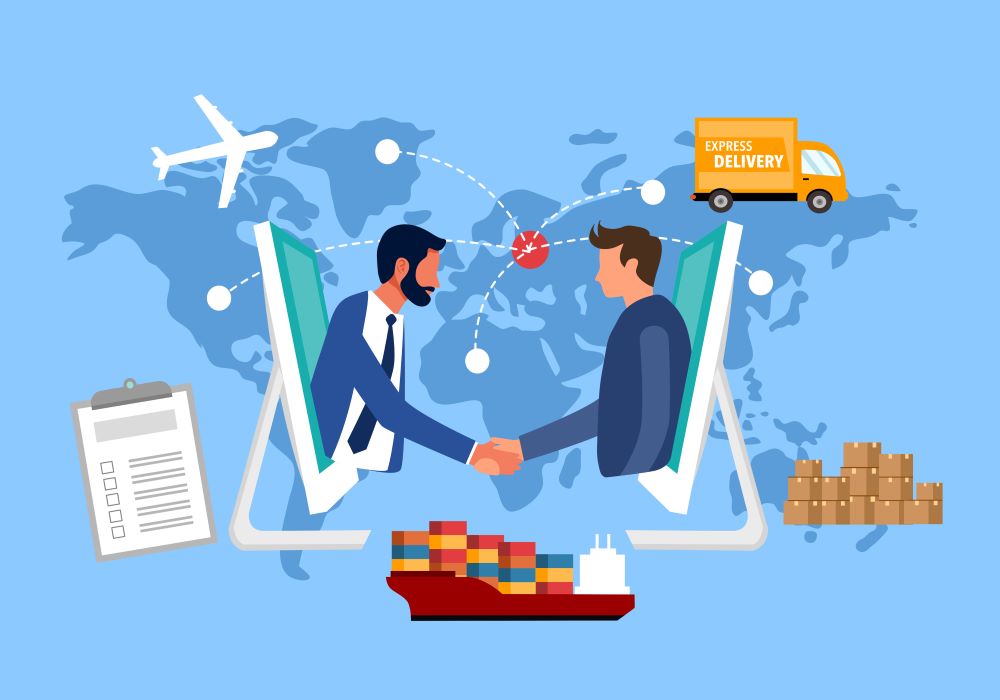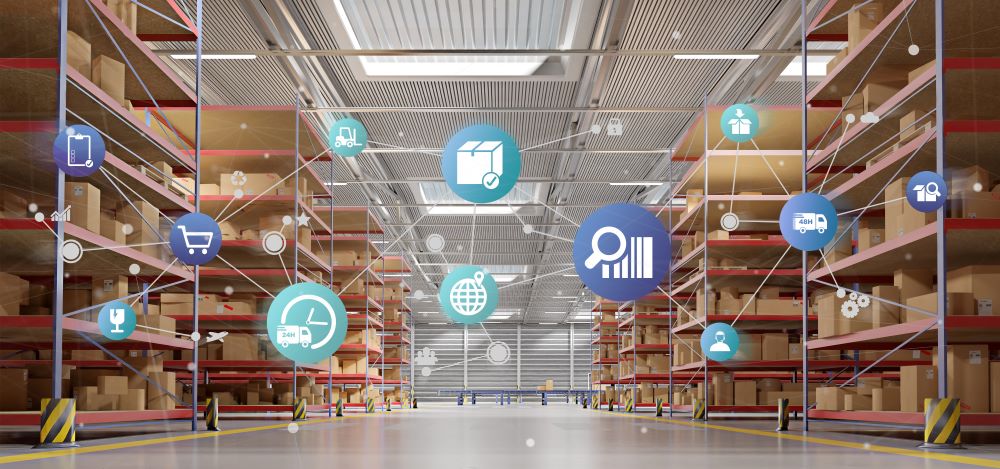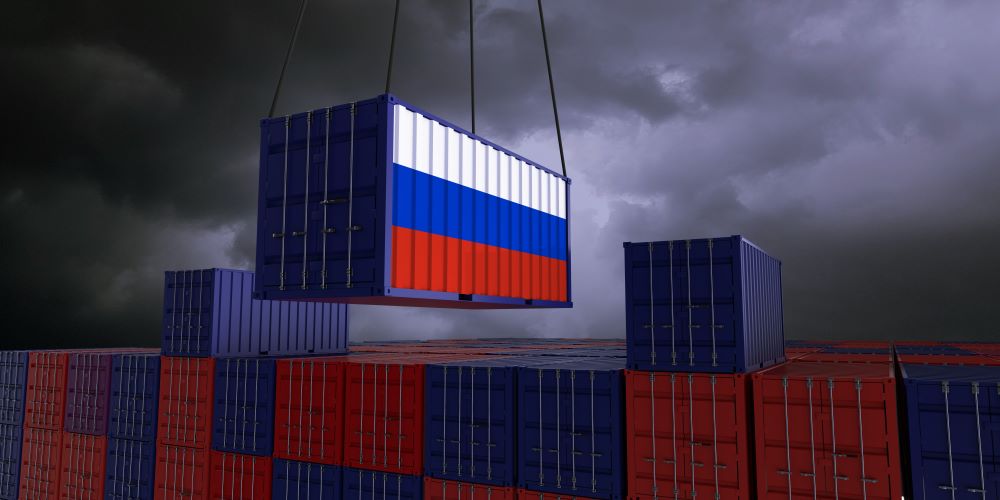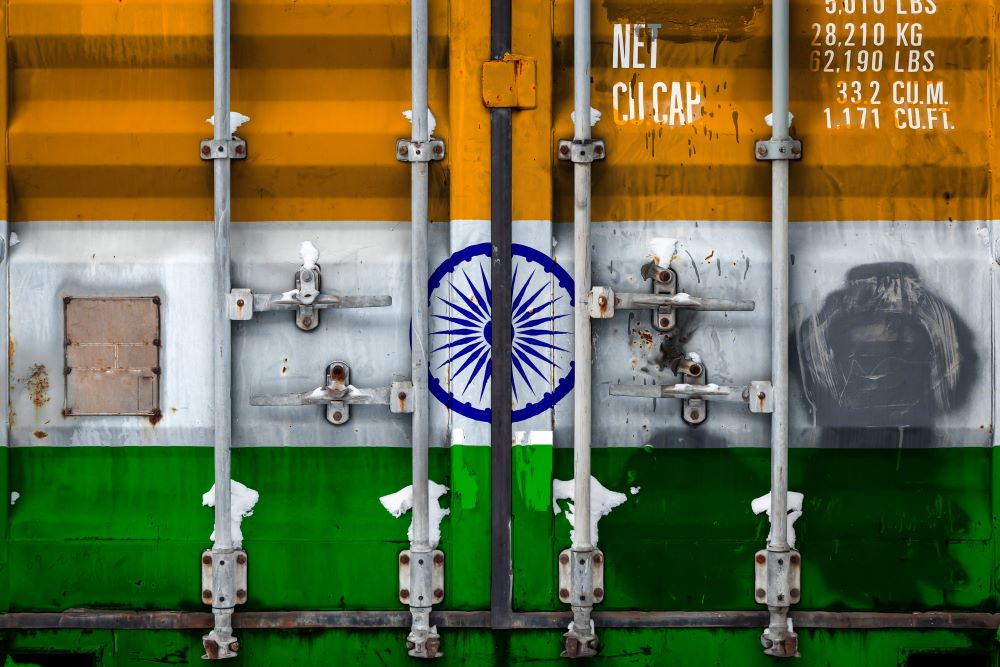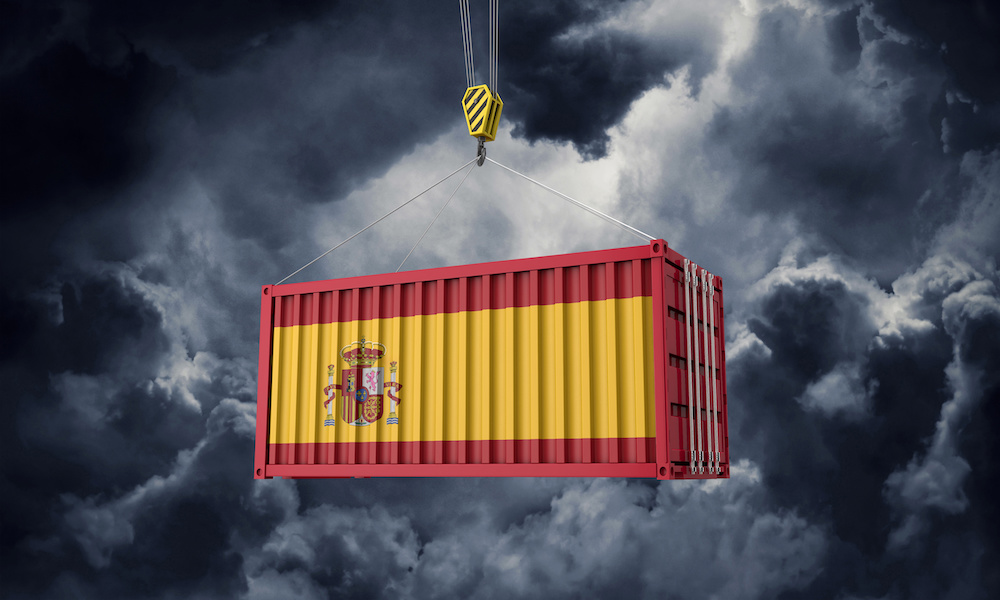Whether you represent a company or are simply an individual who needs to send an important parcel abroad, it’s possible to send your package to an embassy. Globex Worldwide Courier, your trusted partner for parcel shipping in Canada and the rest of the world, is here to make the job easier and share the secrets to successful embassy delivery.
Are you ready to take on a logistical challenge? Follow this guide and deliver a package to or from an embassy with complete peace of mind!
Steps for sending a package to an embassy
There are certain accepted methods for sending a parcel to an embassy, so be prepared to follow precise procedures to make a successful delivery. Whether you have to make a shipment for personal or professional reasons, it’s essential to follow a few key steps to ensure a successful and hassle-free shipment.
1. Sending a parcel to an embassy: leave nothing to chance!
When sending a package to an embassy, be sure to learn the specific rules and procedures for that specific embassy. Each embassy has its own requirements and procedures for sending parcels, and it’s your responsibility to leave no room for doubt. Be proactive, find the embassy’s contact details and get in touch to explain your situation and obtain all the information you need to send them a package.
Before making contact, make sure you have all relevant data at hand, including the weight, dimensions and general contents of your package. Being fully aware of all requirements and steps to avoid any hassle or delivery delays.
2. Prepare the parcel correctly
Once you’ve confirmed that the embassy accepts parcel shipments, begin by preparing your package properly. Pack items carefully with quality packing materials to avoid damage in transit.
When transporting works of art, for example, make sure your item is well protected with bubble wrap and contained in a sturdy box. Remember to prepare a clear, easy-to-read shipping label. If your parcel contains important or valuable contents, consider purchasing insurance to cover loss or damage. Check out your courier’s insurance options and choose protection that best suits your situation. Finally, remember to respect the customs rules and regulations of the destination country. Make sure you include all necessary documents, such as proforma invoices, customs forms or special authorizations, if applicable. These documents will facilitate customs clearance and avoid shipping delays or problems.
3. Information on courier services authorized by embassies
Before planning to send a package to an embassy, find out which couriers are authorized to deliver to that embassy. Some embassies may have partnerships with specific couriers. You can contact the embassy directly to find out which couriers they accept deliveries from.
4. Reserving a parcel pick-up at an embassy
You can also ask an embassy to allow a courier to pick up a package from that embassy.
Contact your courier or use a logistics company that specializes in shipping packages to and from embassies. Ask for a quote and schedule a pickup at the embassy by providing all relevant information, including the embassy address, package dimensions and contents (as needed), and contact information.
Specialized services and couriers play a crucial role
It is essential to partner with a specialized service or courier when sending a parcel to an embassy. Transportation and logistics professionals are aware of the specific rules for each embassy, helping you avoid errors and delays. They often have access to embassy premises and can process shipments following established procedures. Professionals can also package your parcels correctly and keep them safe during transit.
By choosing a registered partner like Globex Worldwide Courier, you can benefit from international service and very attractive rates, in addition to professional logistics management and on-time delivery. Our extensive experience in international shipping and our knowledge of customs formalities guarantee you a trouble-free delivery.
Trust Globex Worldwide Courier with your embassy deliveries
Optimize your embassy parcel shipping with Globex Worldwide Courier! We offer secure packaging, full traceability and customs compliance for a smooth shipment, every time.
Our expertise and our network of reliable partners make it possible for us to provide fast, hassle-free shipping in Canada and around the world. Leave nothing to chance – choose Globex Worldwide Courier and give your packages the special treatment they deserve. Contact us today to put your parcel in good hands.


